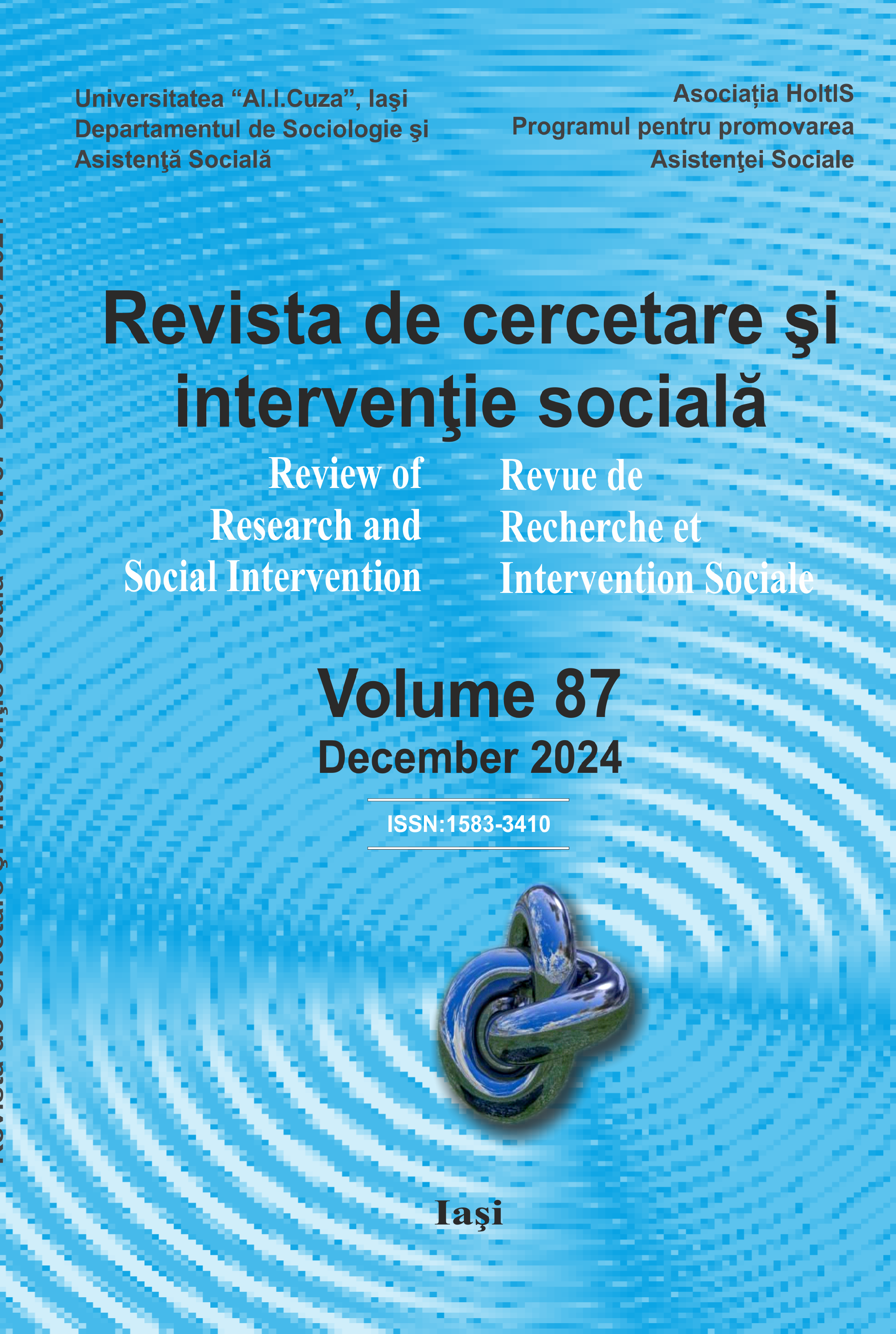Examining the Dynamics of Cultural Interaction in Virtual Environments
Examining the Dynamics of Cultural Interaction in Virtual Environments
Author(s): Ivan TYLNYI, Olha MOSKVYCH, Viktoriia GOLOVEI, Oksana SOKHATSKA, Viktor SHOSTAKSubject(s): Social Sciences, Sociology, Methodology and research technology, Applied Sociology, Sociology of Culture, Sociology of the arts, business, education
Published by: Expert Projects Publishing
Keywords: virtual space; global virtual teams; cultural diversity; cultural differences; cultural intelligence; cultural relativism;
Summary/Abstract: This article aims to highlight the aspects of intercultural communication in the virtual environment, mainly focusing on the interaction of virtual teams composed of carriers of different cultures. The methodology is based on principles of impartiality, tolerance, and cultural relativism. The primary research focuses on the interaction of cultures in virtual teams engaged in project tasks and the advantages and challenges of intercultural virtual communication. When working in virtual teams, attention is focused on cultural characteristics, referring to the methodology proposed by Geert Hofstede and his colleagues. Using the 5-D model of national culture, examples from India, France, China, Denmark, the USA, and Brazil were analysed to understand the specifics of cultural diversity and its potential for virtual communication to ensure practical international cooperation. Particular attention was paid to cultural differences and their impact on intercultural interaction. Among the general aspects of intercultural virtual communication, we highlighted cultural differences and their impact on intercultural interaction, and using these differences to enhance the effectiveness of team virtual work and create a comfortable virtual environment; explicit (visible) and implicit aspects of culture; differences in time zones affecting organisational moments and the need to consider cultural differences when planning synchronous and asynchronous communication formats; differences in workplace culture (organisation of the virtual office). For successful intercultural communication, it is necessary to clearly understand cultural diversity and cultural relativism, avoid cultural appropriation, and communicate with carriers of different cultural traditions and social groups for one's cultural enrichment.
Journal: Revista de Cercetare şi Intervenţie Socială
- Issue Year: 2024
- Issue No: 87
- Page Range: 144-160
- Page Count: 17
- Language: English

